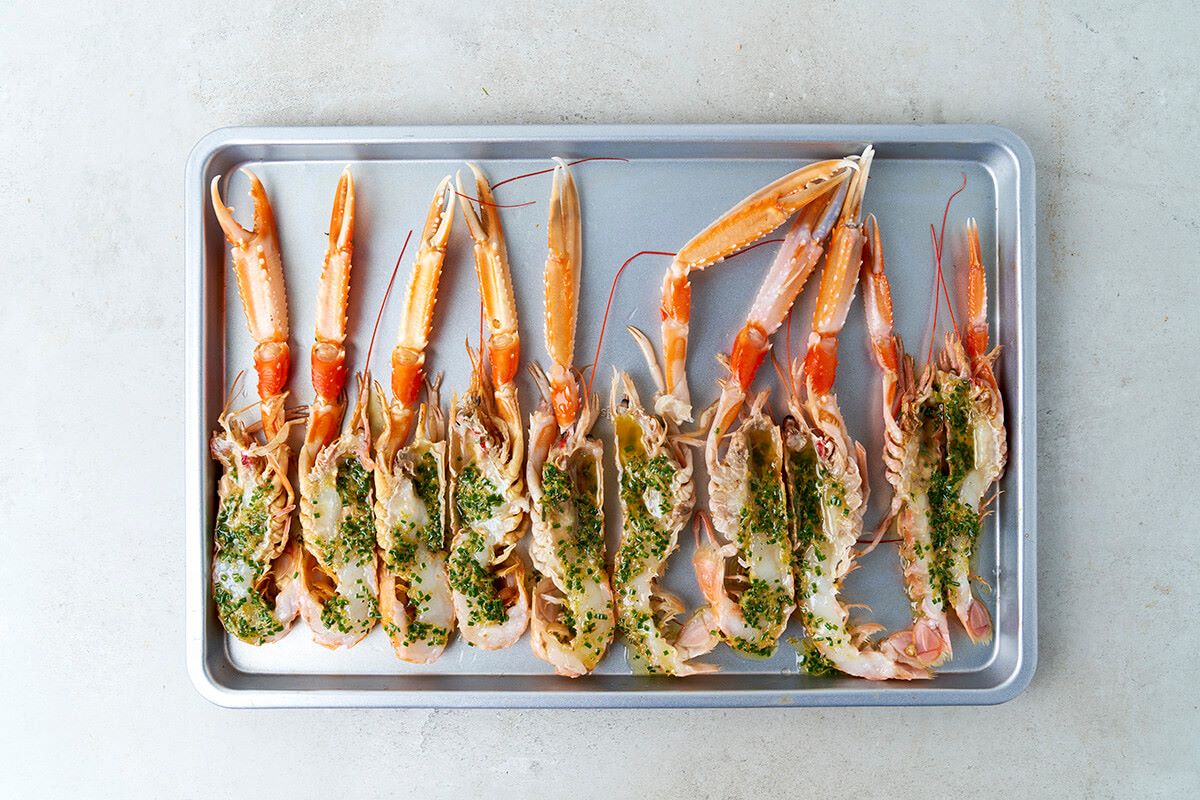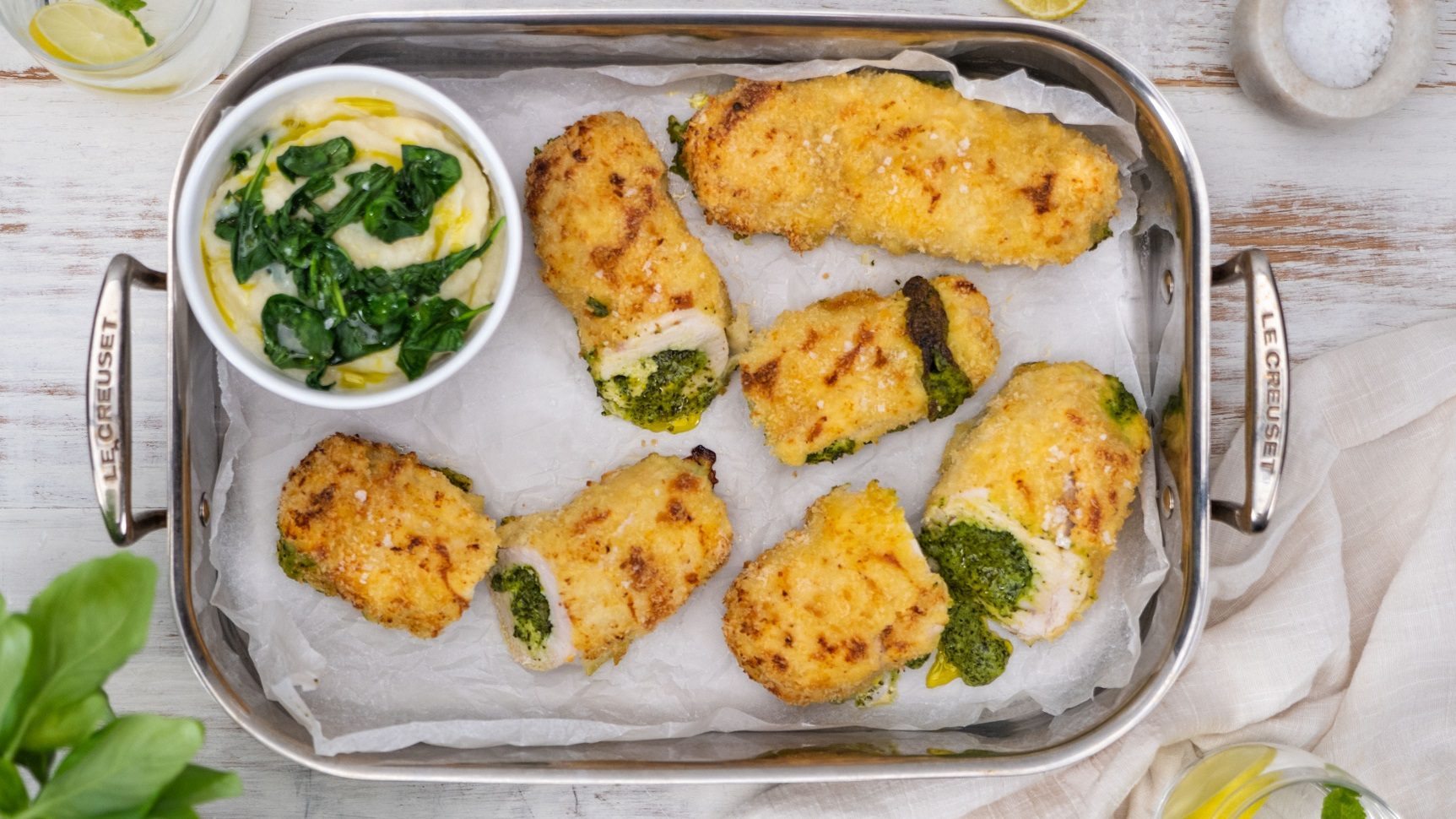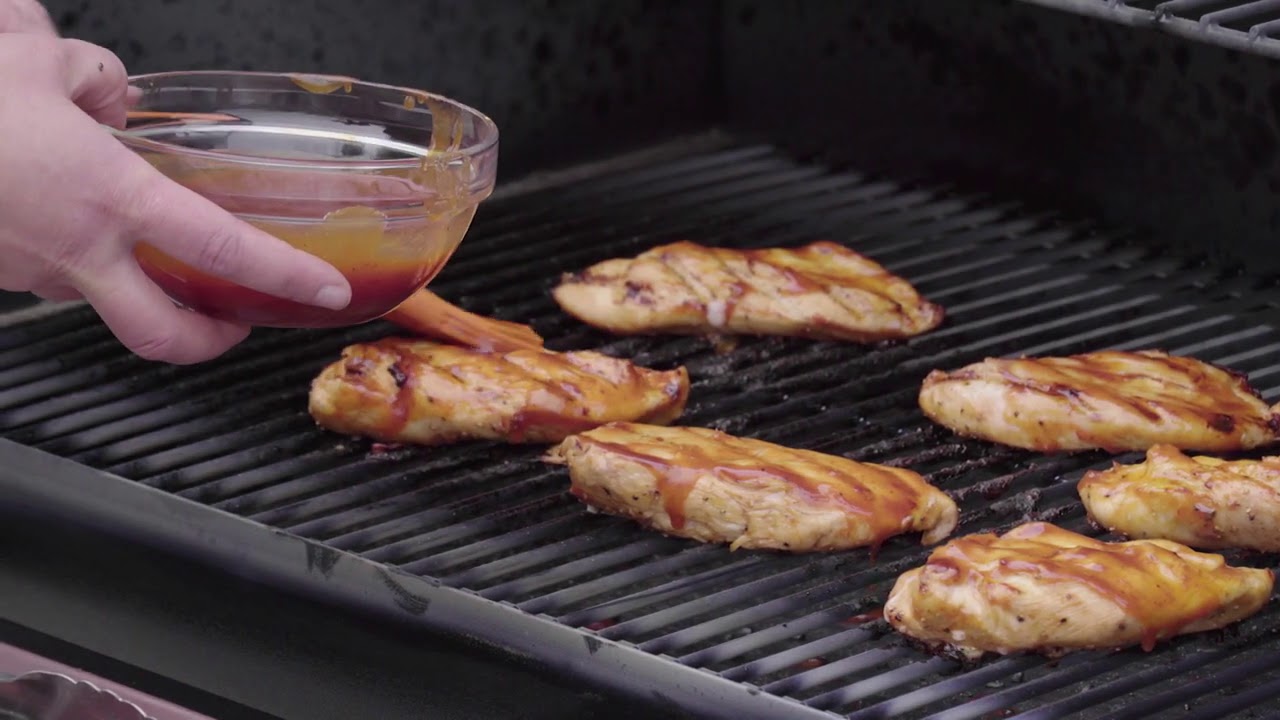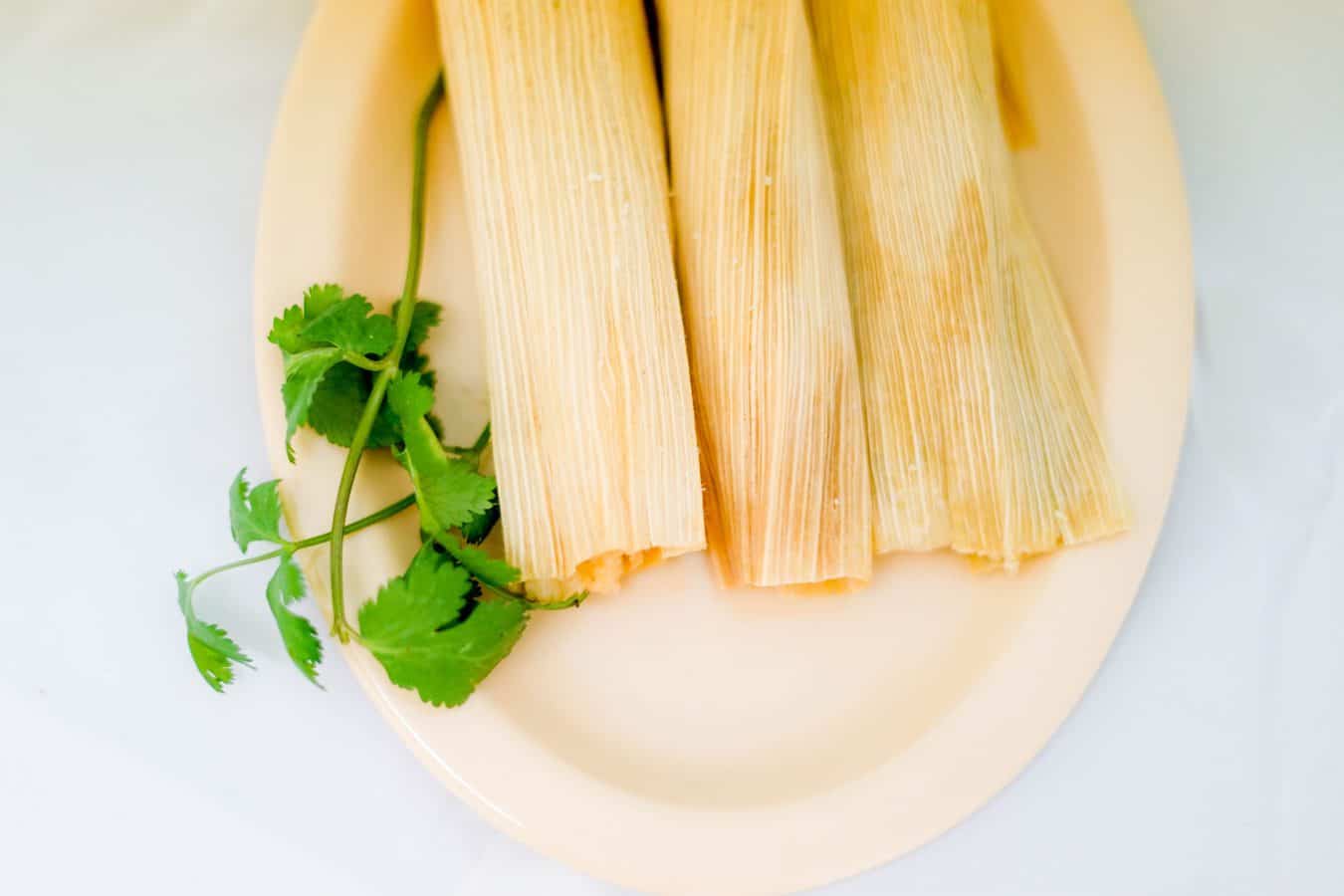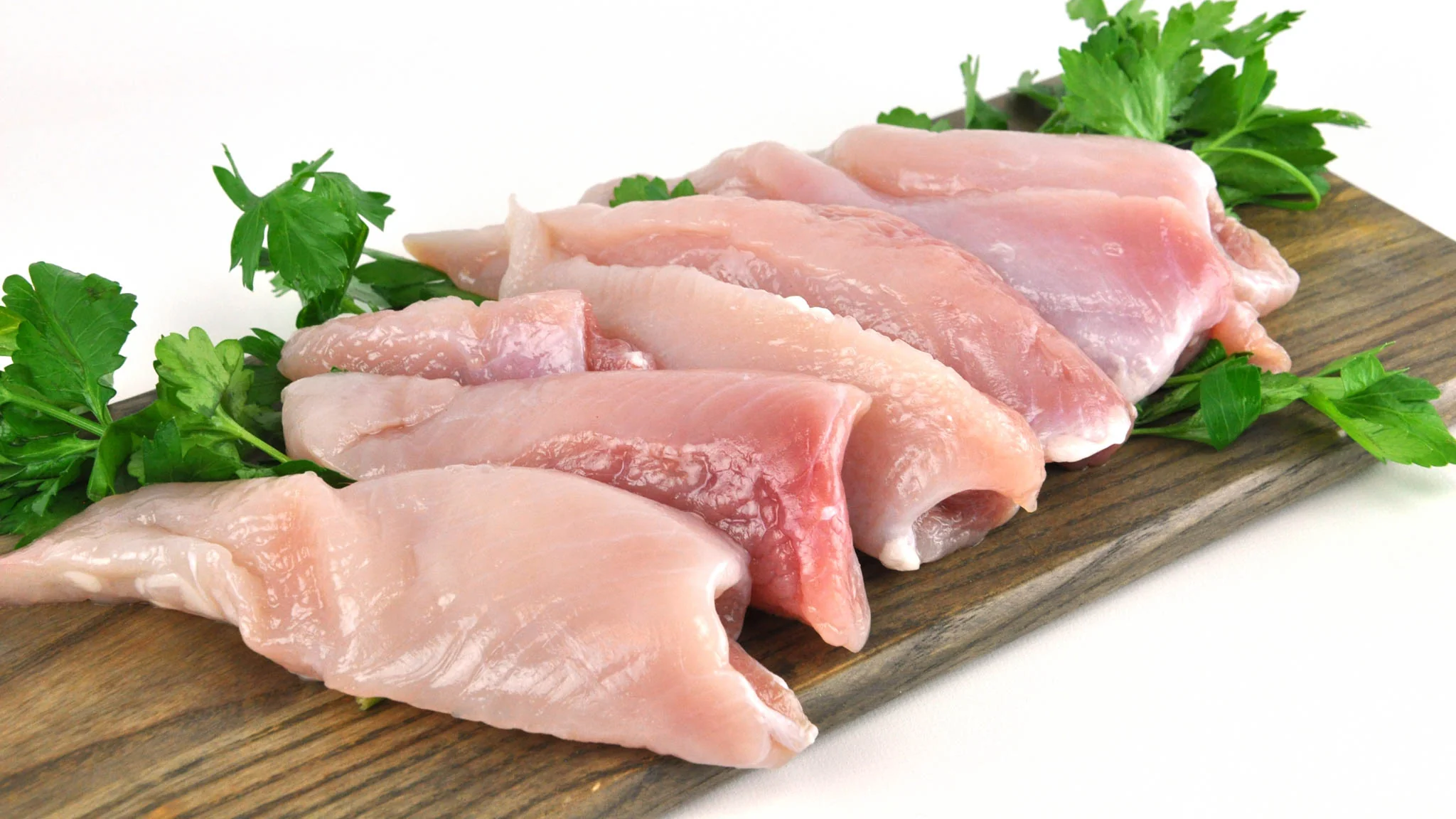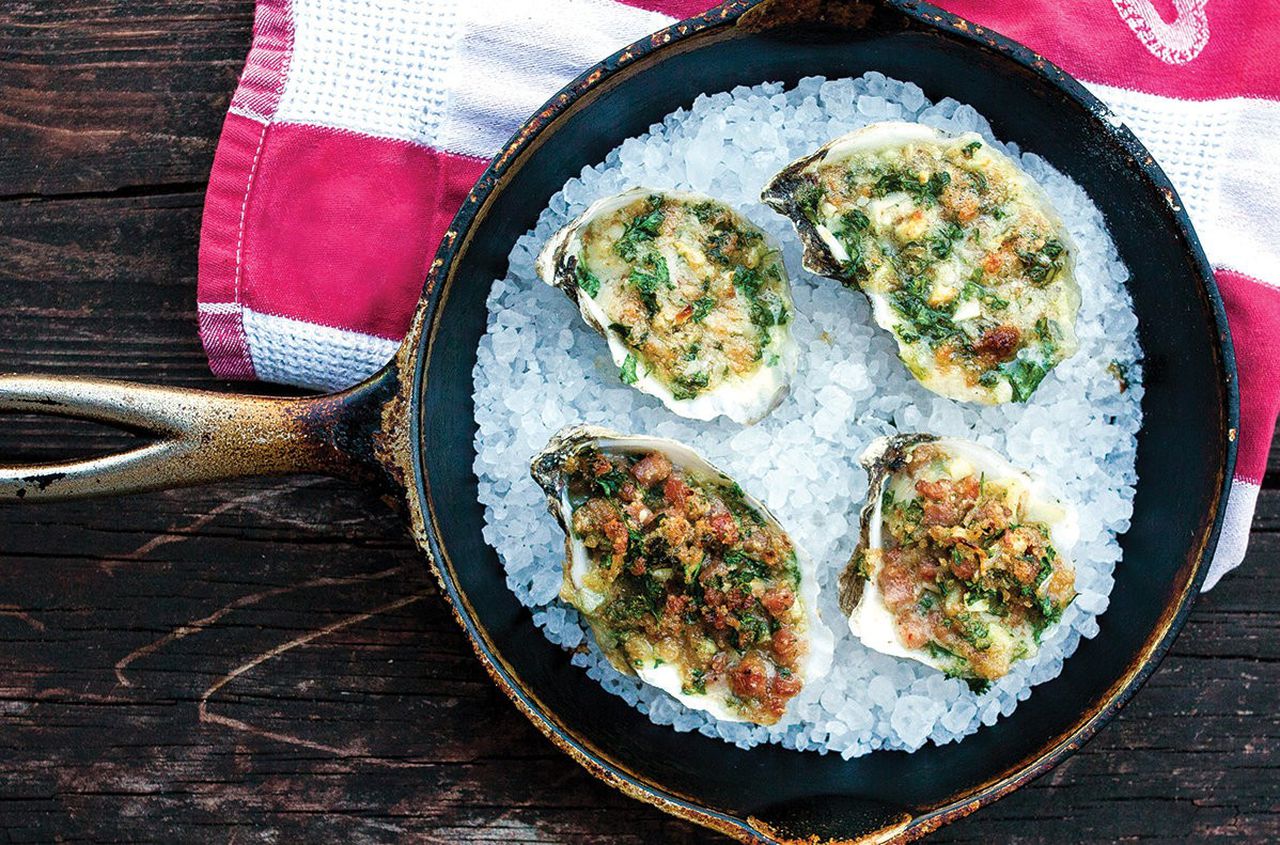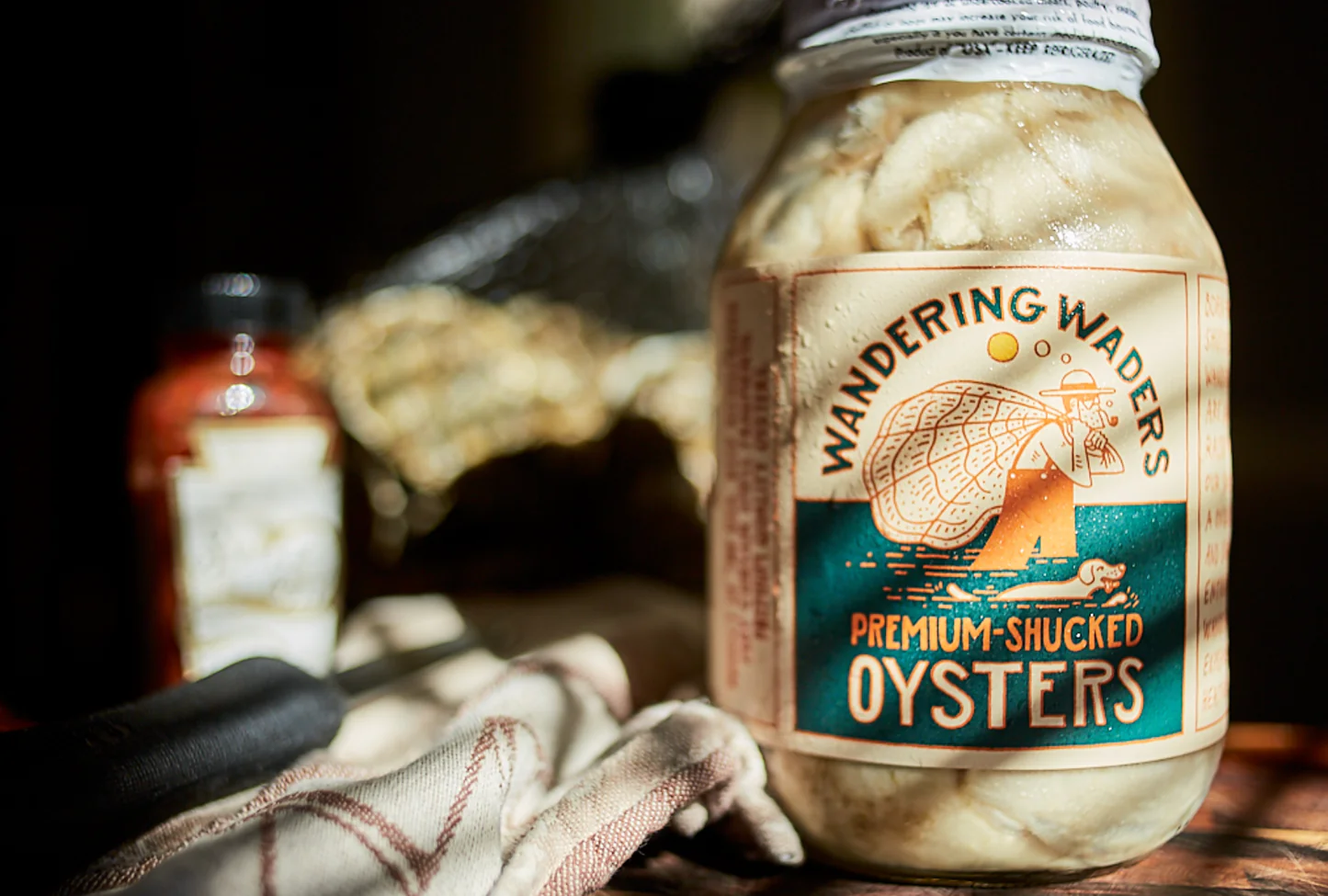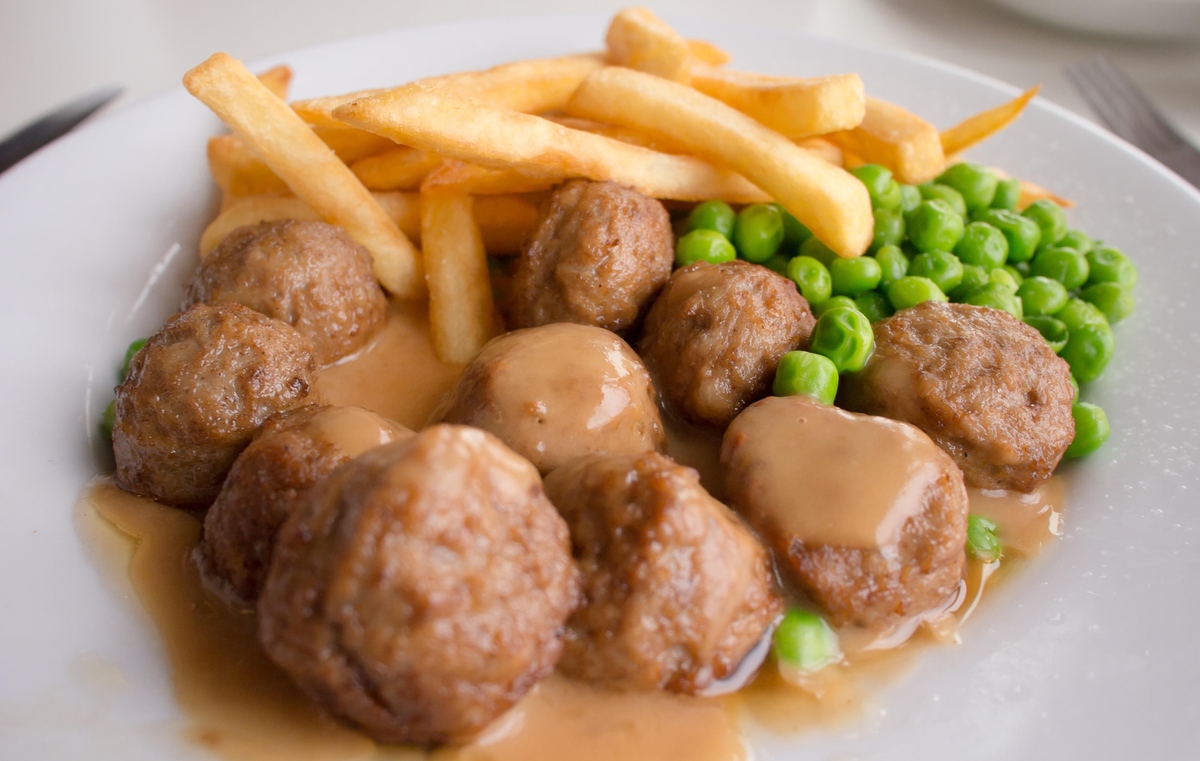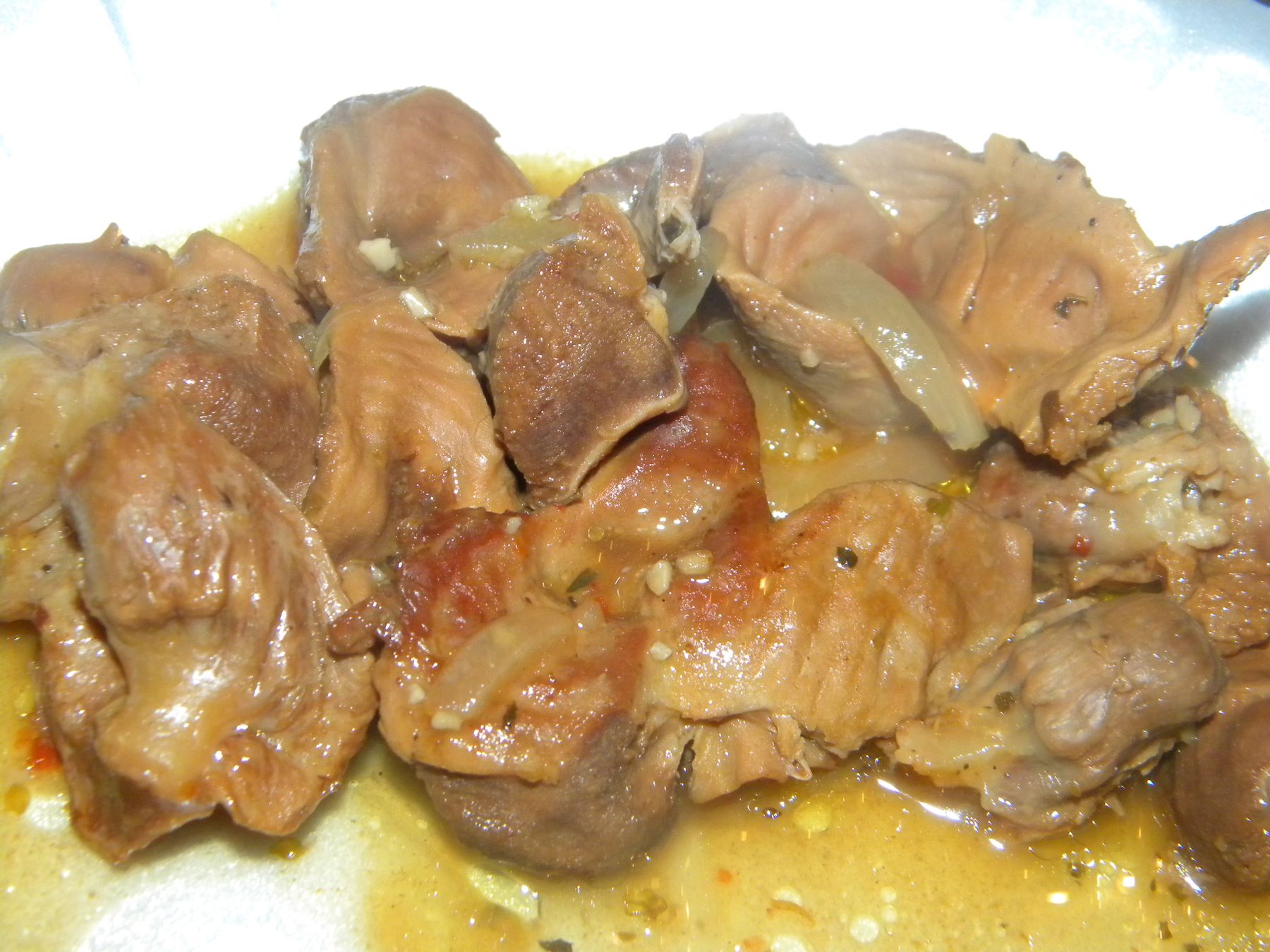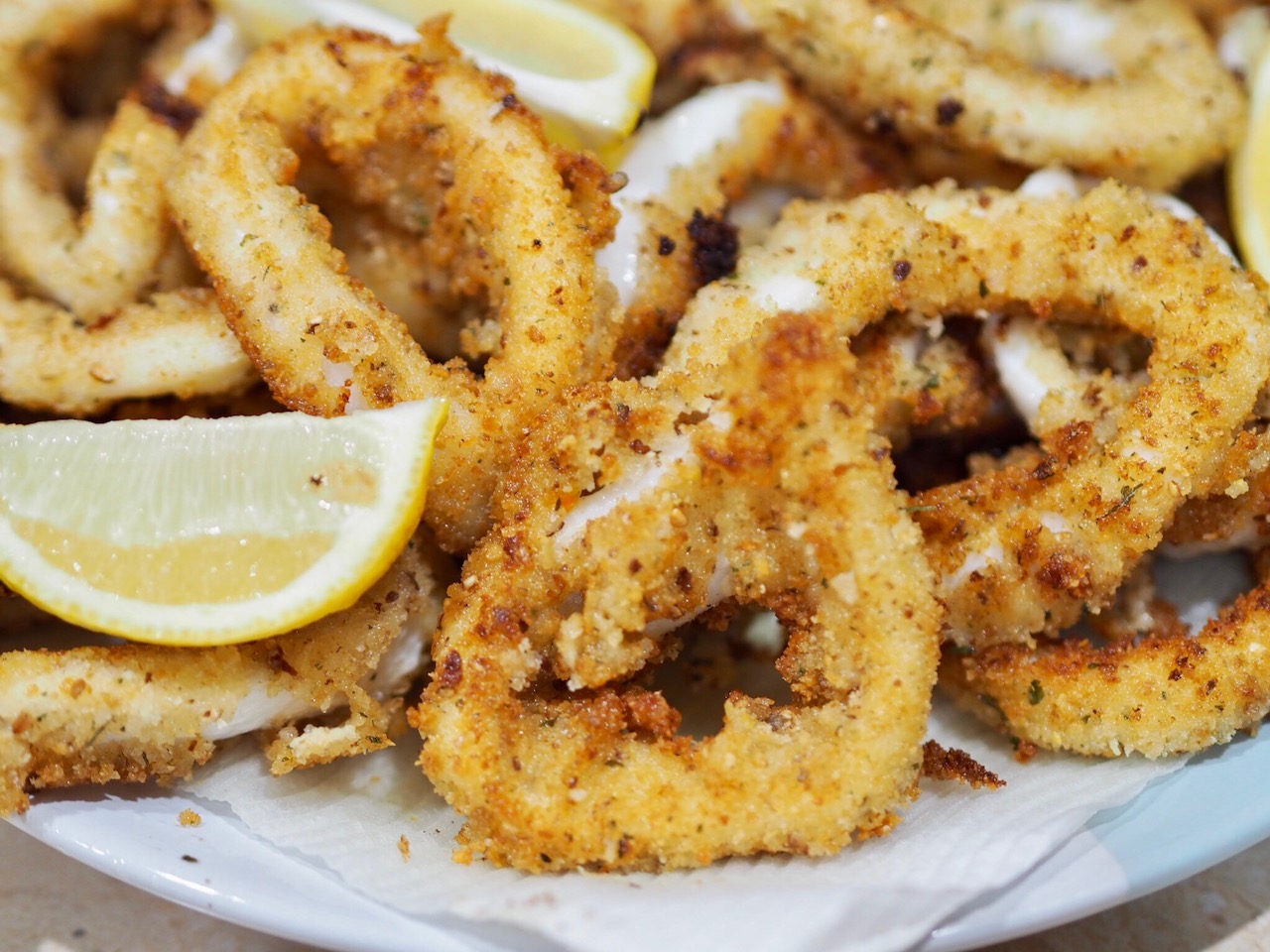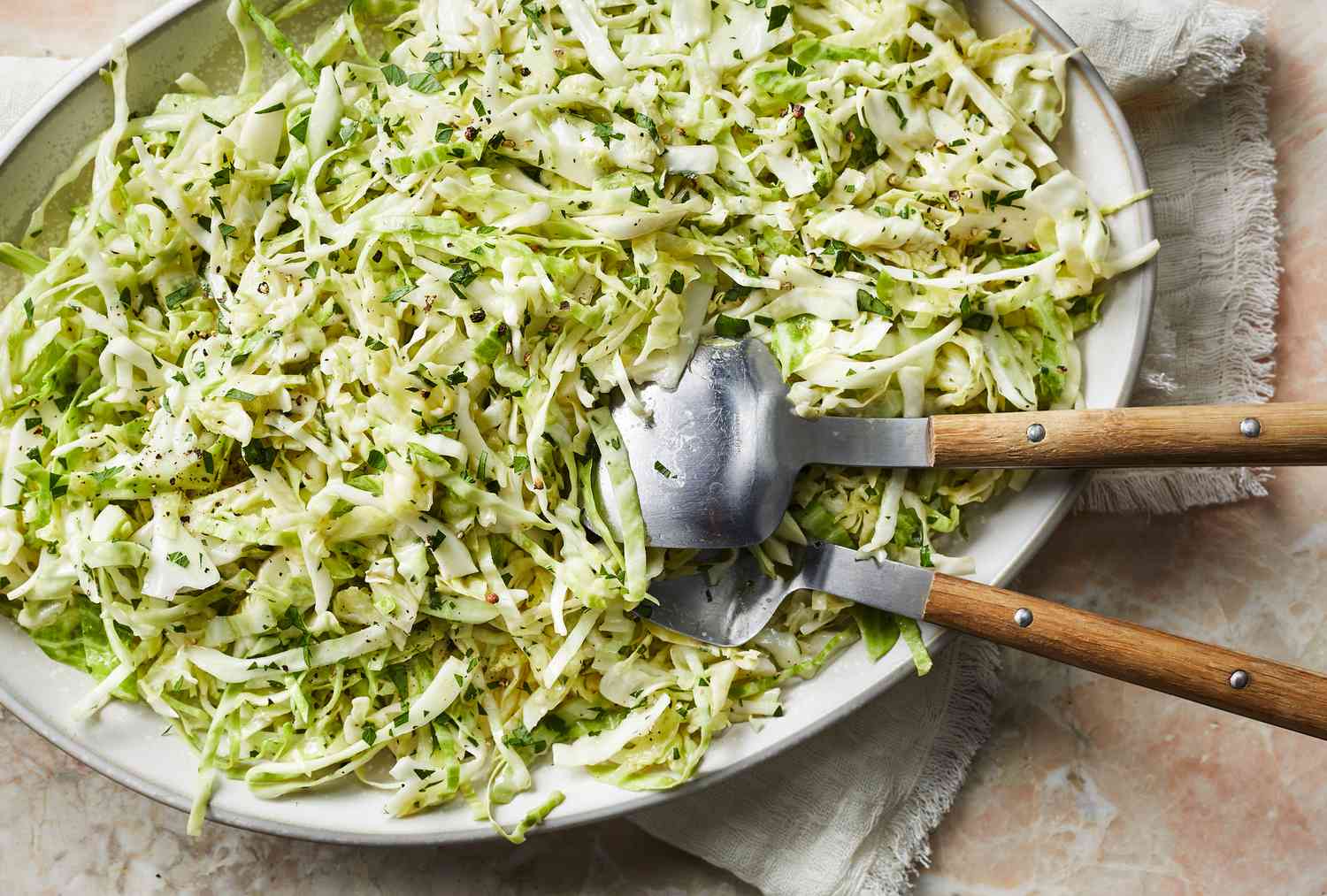Cooking sea trout, a prized catch for its delicate flavor and tender texture, might seem intimidating at first. Yet, with a few simple techniques, transforming this fish into a culinary masterpiece becomes surprisingly straightforward. Whether you're planning to pan-sear, bake, or grill, the key lies in understanding the basics of preparation and cooking times to ensure a moist, flavorful result. This guide will walk you through essential steps, from selecting the freshest fish to mastering the art of seasoning. Get ready to impress your dinner guests with a beautifully cooked sea trout that highlights your skills in the kitchen.
Essential Ingredients for Sea Trout Success
- Sea trout fillets (4, each 6-8 ounces)
- Salt (to taste)
- Black pepper (freshly ground, to taste)
- Olive oil (2 tablespoons)
- Butter (2 tablespoons)
- Garlic (2 cloves, minced)
- Lemon (1, juice and zest)
- Fresh dill (chopped, for garnish)
- White wine (1/4 cup, optional)
- Cherry tomatoes (1/2 cup, halved)
- Capers (1 tablespoon, optional)
Must-Have Tools for Cooking Sea Trout
- Sharp Knife
- Cutting Board
- Skillet or Frying Pan
- Spatula
- Measuring Spoons
- Mixing Bowl
- Baking Sheet (if oven-baking)
- Aluminum Foil (optional, for easier cleanup)
- Paper Towels (for patting the fish dry)
- Thermometer (optional, for checking doneness)
For perfectly cooked sea trout, aim for medium-rare. Sear skin-side down in a hot pan with oil, then gently flip. Cook until just opaque, ensuring moist, flavorful flesh.
The Importance of Cooking Sea Trout Right
Cooking sea trout requires a blend of simplicity and finesse. This fish, known for its delicate flavor and tender texture, benefits from methods that highlight its natural qualities. Techniques like grilling, baking, or pan-frying allow the subtle sweetness and buttery notes of the trout to shine through, offering a culinary experience that respects the integrity of this prized catch.
Understanding the right approach to preparing sea trout not only enhances the dining experience but also ensures that the nutritional value of the fish is preserved. Rich in omega-3 fatty acids, vitamins, and minerals, sea trout serves as a healthy, flavorful addition to any meal. Mastery in cooking this fish transforms a simple ingredient into an exquisite dish, showcasing the art of cooking with respect for the ingredient's inherent qualities.
Your Step-by-Step Sea Trout Cooking Guide
-
Select Fresh Sea Trout: Ensure your sea trout is fresh for the best flavor. Look for bright eyes and a firm texture.
-
Prepare Your Ingredients: Gather all necessary ingredients including lemon, herbs, salt, and pepper.
-
Clean the Fish: Rinse your sea trout under cold water. Pat dry with paper towels.
-
Season Generously: Season both sides of the sea trout with salt and pepper. Add other spices as desired.
-
Preheat Your Cooking Surface: Whether using a grill, pan, or oven, ensure it's at the right temperature. For ovens, 375°F (190°C) works well.
-
Add Oil or Butter: Lightly coat your cooking surface with olive oil or butter to prevent sticking.
-
Cook Skin-Side Down First: Place sea trout skin-side down to get a crispy skin. Do not move it around too much.
-
Flip Carefully: After the skin is crispy, gently flip the sea trout to cook the other side. Use a spatula to avoid breaking.
-
Check for Doneness: Sea trout is done when it flakes easily with a fork. The internal temperature should reach 145°F (63°C).
-
Let It Rest: Remove sea trout from the heat and let it rest for a few minutes before serving. This helps retain moisture.
-
Add Finishing Touches: Squeeze fresh lemon juice over the cooked sea trout and garnish with fresh herbs.
-
Serve Immediately: Enjoy your perfectly cooked sea trout while it's warm for the best experience.
Mastering Sea Trout Preparation
Cooking sea trout doesn't have to be intimidating. With the right techniques and a bit of practice, anyone can serve up a delicious, restaurant-quality dish right at home. Remember, the key is in the preparation and cooking method. Whether you choose to pan-sear, grill, or bake, ensuring your fish is fresh and properly seasoned will make all the difference. Don't forget to experiment with different herbs and spices to find your perfect flavor combination. And always let your fish rest a bit after cooking; it keeps the meal juicy and flavorful. So, grab that sea trout, fire up your stove, and get ready to impress your guests with your culinary skills. Happy cooking!
For those looking to experiment with sea trout, the guide offers a variety of recipes that cater to different cooking styles and tastes. If you enjoy grilling, try the Grilled Lemon Herb Sea Trout for a fresh, zesty flavor. For a quick and elegant meal, the Pan-Seared Sea Trout with Dill and Caper Sauce is a perfect choice. Baking enthusiasts will love the Baked Sea Trout with Garlic and Butter, which combines savory and buttery notes. For a healthy and aromatic option, consider the Steamed Sea Trout with Ginger and Scallions. Each of these recipes brings out the unique flavors of sea trout, making them worth trying in your kitchen.
All Your Sea Trout Questions Answered
How long does sea trout need to cook?
Cooking sea trout perfectly is more art than science. Aim for about 4-6 minutes per side on a medium-hot grill or skillet. You're shooting for a golden crust with a moist, flaky interior. Remember, fish continues to cook a bit after it's off the heat, so when in doubt, lean towards undercooking.
What's the best way to season sea trout?
Simplicity is your friend here. Sea salt, freshly ground black pepper, and a squeeze of lemon juice right before serving bring out the natural flavors of the fish without overwhelming them. For those who like a bit more flair, a rub of garlic, dill, and olive oil never disappoints.
Can I cook sea trout from frozen?
Sure can! Just add a couple of extra minutes to each side when cooking. However, for the best texture and flavor, thawing your fish in the fridge overnight is the way to go. Quick tip: avoid using a microwave for thawing, as it can partially cook the fish and mess with its texture.
Is sea trout healthy?
Absolutely. It's a fantastic source of protein and rich in omega-3 fatty acids, which are great for heart health. Plus, it's low in mercury compared to many other types of fish, making it a smart choice for regular meals.
What's the difference between sea trout and salmon?
While both are delicious and boast impressive health benefits, there are a few key differences. Sea trout typically has a milder flavor and a slightly firmer texture than salmon. Nutrition-wise, they're pretty similar, though salmon might edge out sea trout slightly in omega-3 content.
How do I know when sea trout is done cooking?
Look for the flesh to become opaque and flake easily with a fork. Another good indicator is when the fish's internal temperature hits 145°F. If you don't have a thermometer, check if the meat separates easily along the white lines that run across it; that's a good sign it's ready.
Can I bake sea trout in the oven?
Of course! Baking is a fantastic, low-effort way to prepare sea trout. Set your oven to 375°F and cook the fish in a lightly oiled baking dish. Depending on thickness, it should take about 10-15 minutes. For extra flavor, add a splash of white wine or a pat of butter before baking.
Was this page helpful?
Read Next: How To Cook Purple Cauliflower
